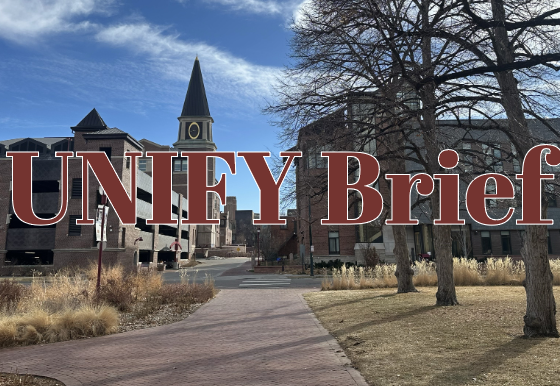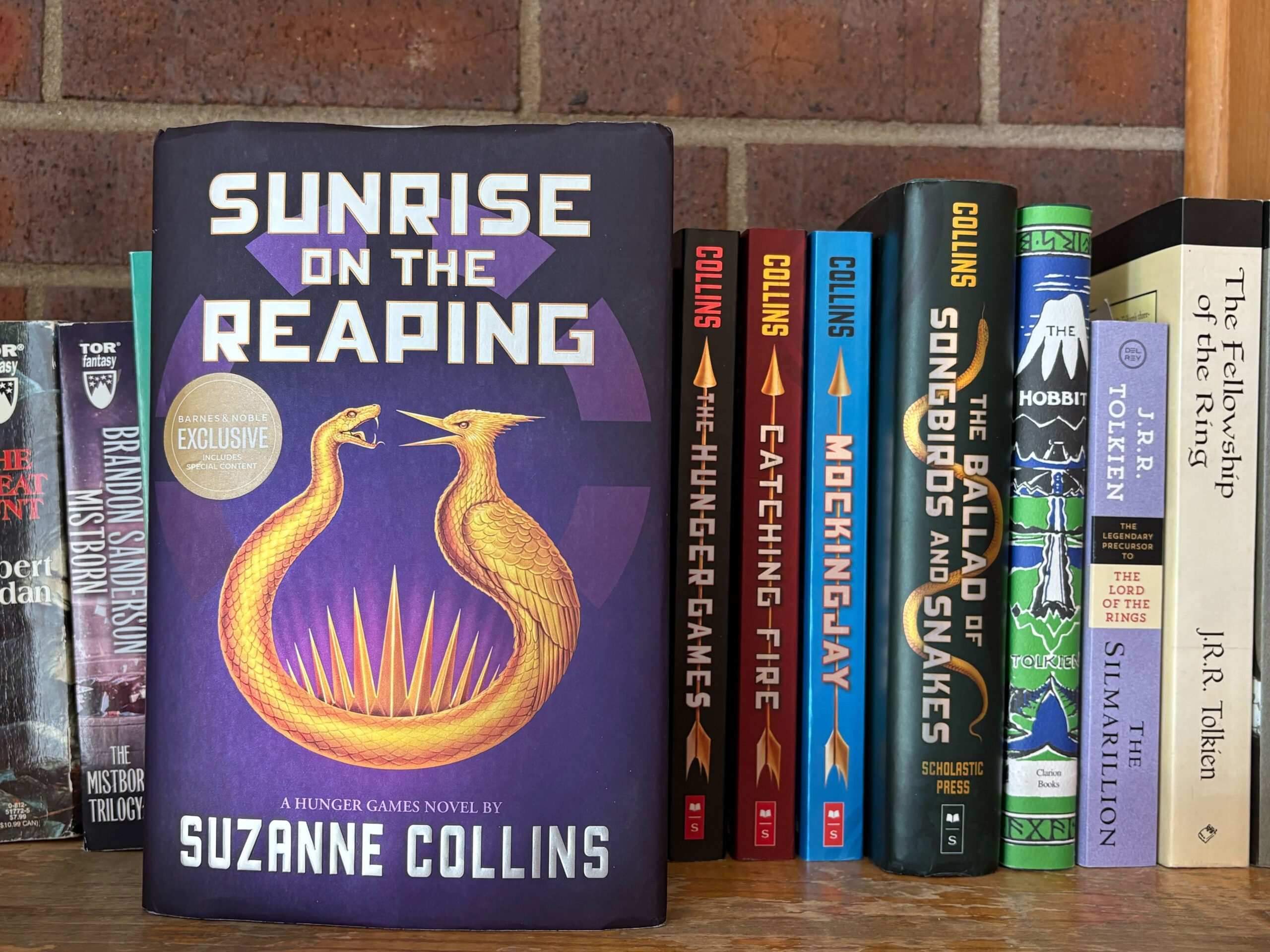Jan and Bob Burnside had no idea that their 17-year-old daughter Robin, an above average and well-liked student, had been seeing a counselor at her high school – that is, until it was too late. “She went in to see the counselor one day and she just sent her home saying ‘you’ll be okay’ and ‘we’ll just talk tomorrow,'” explained Jan.
But tomorrow never came for Robin after she told two close girlfriends that she was going to kill herself that afternoon. “Later that day, I came home and found her,” Jan continued. Robin, a girl that had no obvious signs of depression or mental breakdown, had inhaled carbon monoxide in her car and died.
“At first we did – we blamed the counselors. I wish they would have told us – at least that she was going through counseling,” Jan explained. Although the Burnside tragedy happened years earlier, teenage and college-age suicide – and how parents and schools fit into the mix – are just as relevant, and controversial, now more than ever with schools like the University of Denver developing policies on how handle the treatment of mentally unstable students.
“We would not suspend a student but we would consider an involuntary medical withdrawal in some situations or cases,” said Patti Helton, associate provost for Student Life.
In recent cases, universities across the country are becoming more vocal about students’ mental health problems since they are being blamed for either doing too little – or too much – to help students in a fragile mental state. Schools like Cornell University are adopting mandatory-leave policies in an attempt to cut suicide deaths. But this may cause another problem: reluctance among students willing to come forward in fear they will be suspended.
Students who were suspended after threatening to commit suicide have sued their schools. They say that they have been discriminated against for having mental problems. Other suits have been filed from parents to universities, blaming administrators for their child’s death.
Parents of Elizabeth Shin, a Massachusetts Institute of Technology (M.I.T.) student who died in a dorm-room fire in 2000 in hours after threatening to kill herself, filed a $27 million lawsuit against her psychiatrists and two life staff members.
They filed the suit in 2002 claiming that the school counseling services didn’t take her depressed state seriously, but ultimately, M.I.T. was cleared of wrongdoing and the case was settled with the Shins receiving an undisclosed sum of money. They also agreed with school administrators by admitting they thought their daughter’s death was accidental, not necessarily a successful suicide attempt. The Shin case has encouraged more awareness and dialogue regarding school’s responsibilities for helping students and has asked the question, “Should schools be held responsible?”
“It’s a hard thing to judge,” said DU junior Emily Turner. “No matter what decision they make, someone is always going to blame someone else.”
About 1,100 college students commit suicide each year, making it the second leading cause of death among college students. American College of Health Association data shows that 9.4 percent of some 16,000 college students surveyed have seriously contemplated suicide.
The University of Denver has been constantly analyzing how to deal with those students that may be a threat to themselves, representatives from the counseling center explained. “We would not suspend a student but we would consider an involuntary medical withdrawal in some situations or cases,” said Patti Helton, Associate Provost for Student Life.
“This is a really complex issue because of the levels of self harm a student might actually find themselves – from cutting to suicidal ideation to suicide attempt,” Helton continued. She said that in her three years at DU, no student has been asked to leave because of these issues, but they have taken other precautions like sending them to a hospital. Helton said she doesn’t blame the other colleges for implementing such rules, but it really is a situational dilemma. “I think they are ultimately just trying to help,” she said of universities’ counseling services. But with recent law and media attention, “instead of trying to do the right thing, they are enforcing protocols and rules trying not to get sued,” Helton continued.
As far as Colorado legislation, Senate Bill 67 was proposed earlier this year by Sen. Deanna Hanna, D-Lakewood, and would allow students to grant Colorado colleges and universities permission to notify a parent, friend, professor or anyone they designate if officials believe the student is considering suicide or may be a danger to themselves. The bill didn’t pass, but instead created a two-year trial program in which schools would be asked, but not forced, to provide students with consent forms to waive privacy rights.
Throughout the country, colleges and universities are protected by the federal Health Information Patient Privacy Act and the Family Educational Rights and Privacy Act, which states that schools are not allowed to share children’s information without the student’s written consent.
Although some parents are in arms over being involved with their child’s mental state, some experts say that parents are at the root of a child’s depression, so they should not be directly involved with their child’s issues. Helton said that long breaks DU has as a result of the quarter system could hinder a student’s eagerness for a break from school. “We’ve had students in counseling complaining, saying they do not want to go home in between the quarters,” she explained.
Turner agreed. Originally from Massachusetts, said she went away to Colorado for school to get away from everything that she hated. “If that was the same case for someone who was suicidal, I think that the school telling them to go back home would push them more towards suicide,” she said. In a lot of cases, she said, depression stems from a person’s family.
When their daughter committed suicide, the Burnside’s were distraught over this very fact. “You always think, ‘it had to be somebody’s fault.’ You think about everything you’ve done wrong. I just felt like I had the words ‘Failed Father’ across my chest,” explained Bob Burnside. “I have no concept of the pain Robin was going through. I knew the pain I went through after she took her life, but no idea what was going on inside of her,” he continued.
Although about eight to 10 percent of students utilize the university’s counseling center, in general most people who are considering suicide are not in counseling, according to Terri Osborn, Director of DU Counseling Services.B “It is extremely important to recognize who is at increased risk and to help these people get the intervention/treatment they need,” she explained.
Experiencing thoughts of suicide at some time during their college experience is not an unlikely occurrence, Osborn said. “This does not necessarily mean that the person would need to be on a ‘suicide watch,’ but it does mean that we will carefully evaluate and monitor them for increased risk – like are they making plans to commit suicide? do they have the means to commit suicide? are they intent on committing suicide?” she said.
Bob Burnside added that suicide rates are so high for young people – especially for kids just starting college – because they make new, and uncomfortable, transitions.
“A very popular high school jock or cheerleader can have a hard time walking into college when they just become average. They are no longer popular – that are just a number,” said Bob. Also, within the 15-24 age group (the most common for suicides), young adults are dealing with high peer pressure and numerous, sometimes unreachable, expectations. Burnside said that students need to realize that people are allowed to fail. “It’s part of learning. Failure is not a person. It’s an event.”
Not everyone who is depressed or suicidal is outward about their mental stability. Regarding the Burnside’s situation, they said it shows how “it can happen to anybody.”
“They [depressed people] think that people wouldn’t understand.” The Burnsides said what they’ve noticed, since being a part of a support group and starting their own education and consolation program Suicide Prevention Intervention Network (SPIN), is that there are two most common suicidal personality types. The first is the “gifted and talented,” those that succeed overly in sports, academia or the arts that never feel like they do good enough. “In their eyes, they are a failure,” said Bob. The other type is the “caregiver,” someone who is a miniature psychiatrist who provide a lot of helpful resources for others, but cannot help themselves.
Because suicide is the most preventable form of death, DU is broadening their suicide prevention efforts by informing everyone how to recognize the warning signs, how to talk to someone exhibiting these signs and how to persuade them to seek help. Osborn said this is essential because about 80 percent of people who commit suicide are not receiving mental health services at the time of their death.
The university’sB counselingB center employs 13 counselors (four licensed psychologists, four pre-doctoral psychology interns, and five graduate student trainees) whoB deliverB ongoing counseling services to DU students, faculty and staff. During regular business hours, students in crisis can walk in or call at any time for help. Staff conducts educational presentations about how to recognize symptoms of depression to various groups/departments across the DU campus several times a year.
Students should be looking out for students who have some common warning signs of mentally unstable behavior such as a notable change in behavior, depression, excessive sleep or appetite loss, inappropriate good-byes, giving away favorite possessions, purchase of guns or pills, alcohol or drug abuse and decline in performance of work, school or other activities. Jan said that if someone exhibits these behaviors, or tries to confide in you about suicidal thoughts, you should tell a counselor or professional immediately. Bob explained, “It is a secret or promise that cannot be kept.”
B











